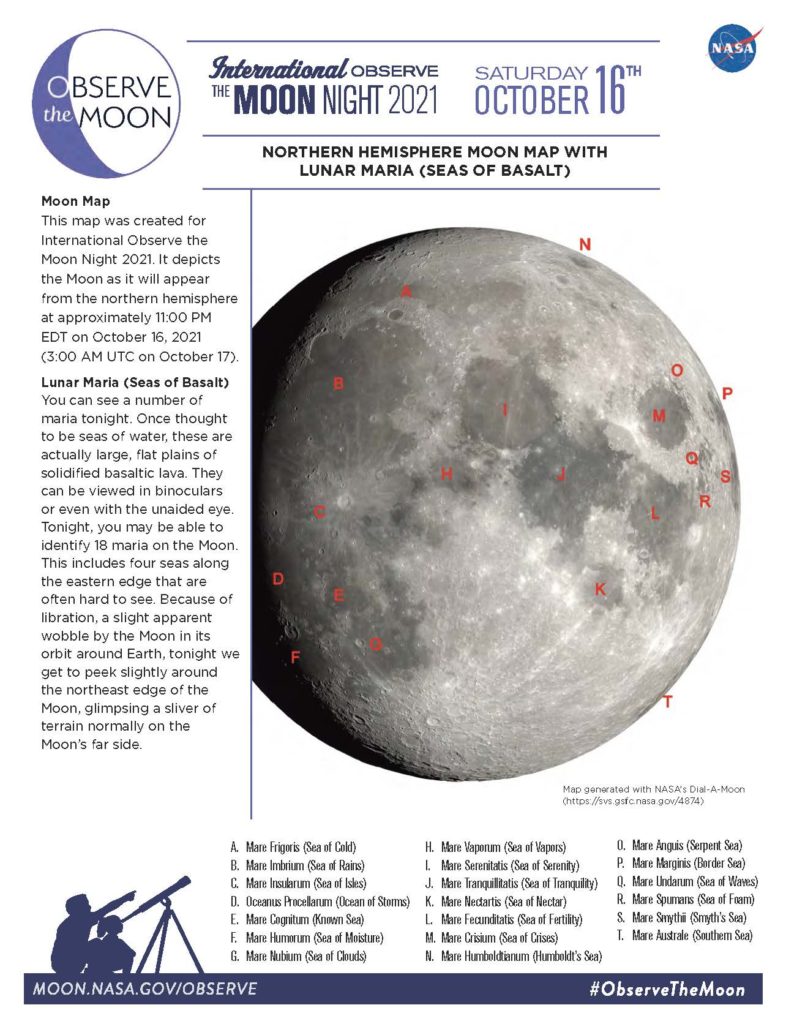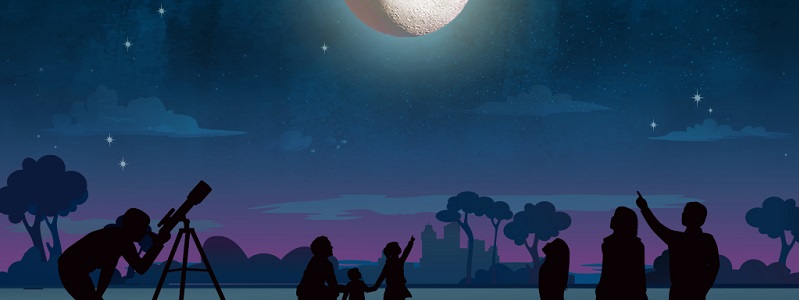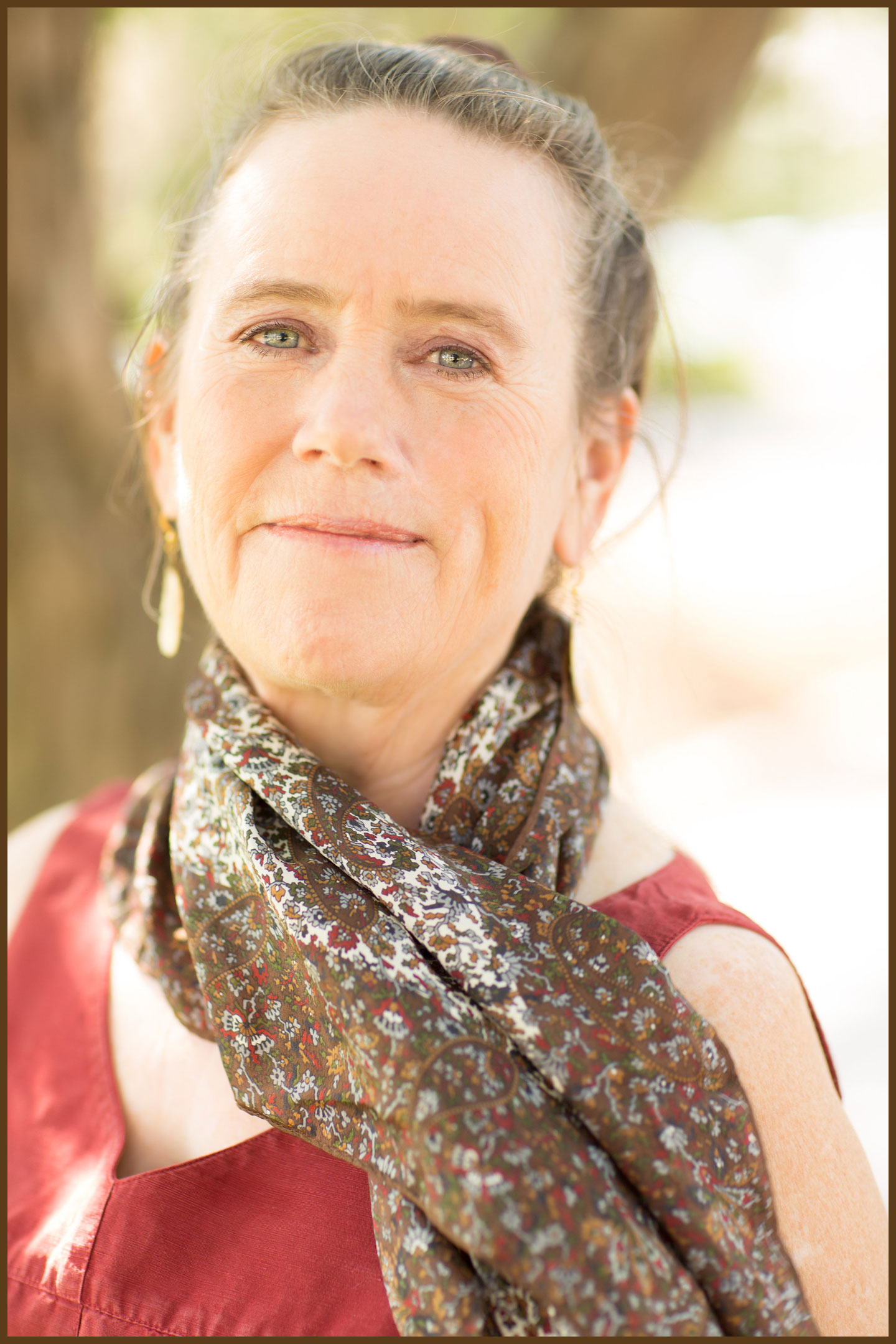NASA is inviting you to join them on Saturday, October 16 to observe the moon!
Why now?
On this date, more than half of the side of the moon facing us is in sunlight, so we can pick out its features. But, because the sunlight is not straight on as in a full moon, shadows are long, making details of lunar features stand out clearly.
NASA provides a map of lunar features to pick out in your lunar observation.

How can I observe the moon?
On Saturday, October 16, the moon is just past its first quarter. That means that if you go outside and look up towards the horizon in the afternoon or look higher in the sky in the evening, you can observe the moon.
While you may see some features of the moon with your naked eyes, binoculars and telescopes can reveal incredible details. NASA reveals some weird ways to observe the moon in this article. You can put on a pair of polarized sunglasses to reduce the glare and pick out a few more details.
Plus, there is more!
You can join a livestream in this annual world-wide program that encourages observation, appreciation, and understanding of our Moon. More maps for landing sites and other features are available in the resources from NASA in observing the moon.
For further study, you can keep a daily journal of the moon to notice relationships of rising time and phase of the moon, and many other patterns. After a month, you will have a deeper appreciation of the lunar cycles and how you might be in tune with them.
No matter how you choose to observe the moon, notice that the moon reflects the sun’s light yet shows its own face!





